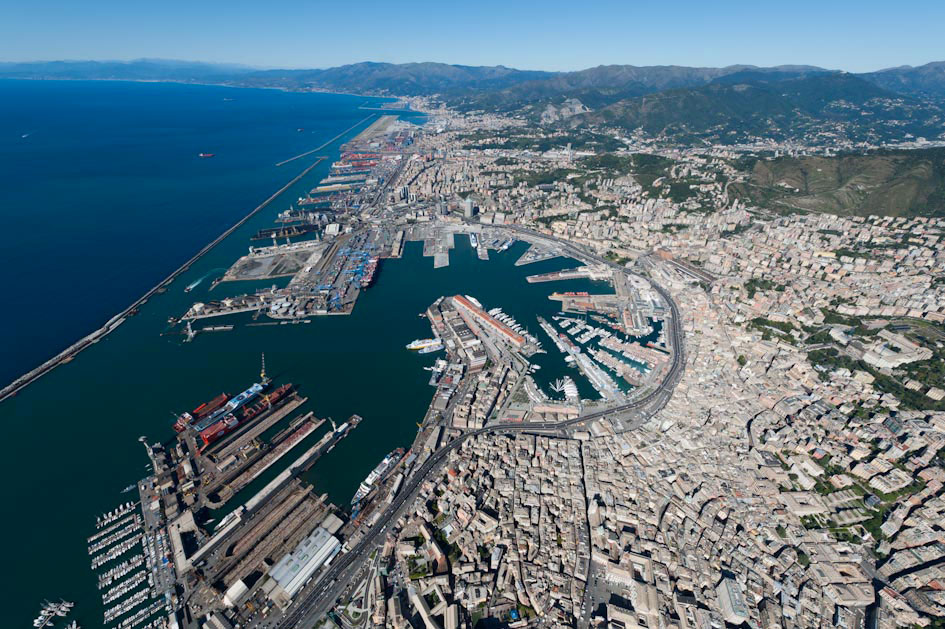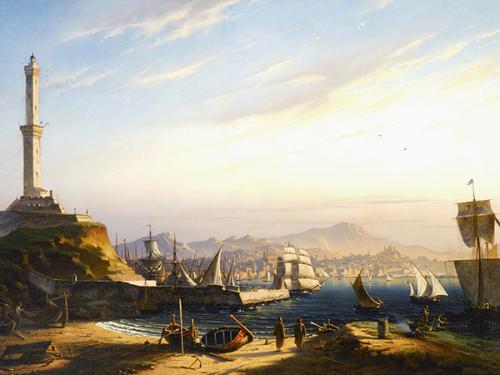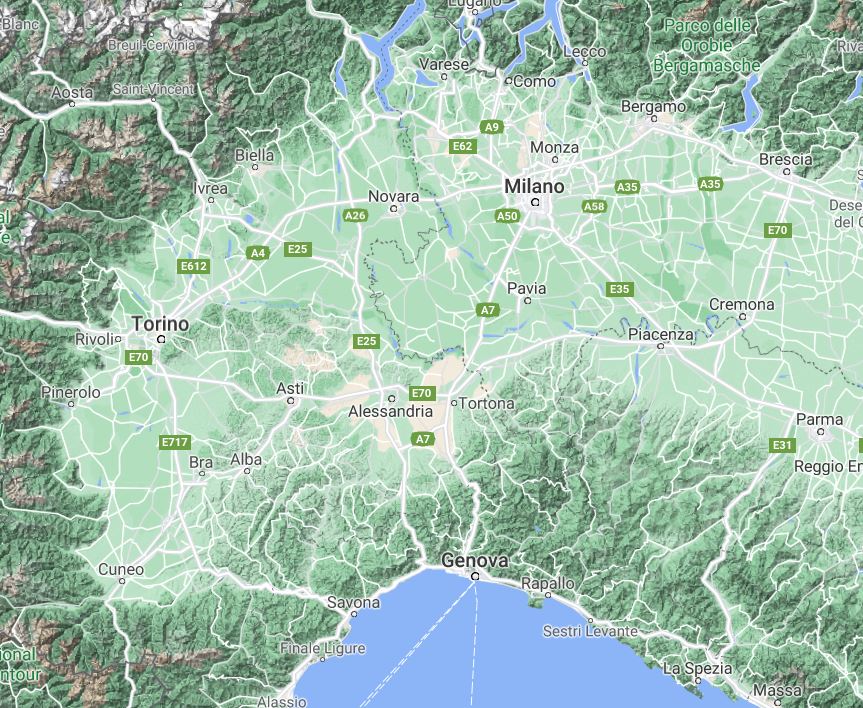
1/I'm enduring a 14-days quarantine, and I have a lot of spare time. So I will bring you around in a virtual quick and non-exhaustive tour of the variety of "rural" housing typologies of Italy, because, sometimes, we say "rural" in a too generic way among urbanists' circles. 







2/ Those types are the result of the interplaying evolution of the prevailing type of cultivation, in a given area (rice, wheat, orchards, etc.) and the related tenure (large monoculture estates vs small independent ownership vs communal shared land for pasture etc.) 







3/ To clarify, I'm talking here only of the sparse, isolated farm-type housing, not villages, hamlets or other clustered rural housing, that is different story. Again, you can see the typical North/South, mountain/plain divide that is typical of the whole story of Italy 

4/ Let's start from the "Dimore a corte" a large family of communal leaving in the "irrigated plain" in some sectors of the Po' valley, dominated by the rice pads and the "marcite" a sort of partly inundated grass field for stock farming. 





5/ The labor- and capital-intensive nature of this cultivations (continuously maintained waterworks, hand planting of rice, etc.) Required seasonal concentration of workers in communal living. The typical example, in Lombardy and Piedmont is the "Cascina" or "Corte lombarda" 

6/ The typical cascina is a group of buildings clustered around a rectangular courtyard, housing living quarters for agricultural workers and their family (and beasts), stables, storage, granaries etc. 







7/ Again in the North, but in areas of "non-irrigated plain" or hills, where small ownership or sharecropping were prevalent for wheat, corn, fruit, wine etc., isolated buildings ("casolari") for enlarged families were the norm. Their form varies largely among regions 



8/ In the hilly/mountain areas, with colder weather and poorer crops (corn) and wood-oriented agriculture (typically chestnut), they tended to cluster in small, 3-5 homes hamlets with related family groups. Nowadays, many are abandoned, as the Apennines depopulates. 





9/ As you move up in the Alps, the isolated house became more rare, as people lived in bottom valley villages during winter while moving in higher altitude pastures (alpeggi) during summer. There you can find Malghe or Casere (Alms in German), summer-only rural living 





10/ Moving south, it's the very large, aristocratic estate that dominates the landscape. The typical building is the "Masseria", similar to the "Cascina" as a communal living space for agricultural laborers. The main difference is that the Masseria is a temporary living space 







11/ The typical wheat/olive crop, needing intensive labor mostly in the short harvest/ planting seasons, resulted in high seasonality: those isolated masserie were inhabited for only a few months, while the laborers mostly returned to villages, where the family lived permanently
12/ This resulted in the typical compact form of most towns and villages in the Puglia's plains or in central Sicily (Campania is a bit different, more orchard dominated). a stark contrats from the more dispersed rural living of most of the North. 



13/ Sardinia is yet another, remote world. The sheep and goat herding that dominates the sparsely populated inner plateau is scattered with "stazzu", small and simple stone made shelters for frequently moving, live-alone shepherds 

14/ Finally, a particular type of "rural" housing, indeed quite common in the immediate surroundings of cities: the peri-urban villas of the mercantile urban gentry that surrounds many cities, notably Florence, Rome, inland Veneto. A getaway from city life, and occasional plagues 







15/ Many cities were literally surrounded by hectares of large, gardened or orchard cultivated estates. The main parks of today's Rome are the pale remains, a fraction of a "green belt" of villas and parks, while most of them survived around Florence and still ornate its hills 

16/ Many of this rural houses, abandoned over time, got a new life as second-homes of Northern Europeans (and a few North-Americans), that started colonizing rural Tuscany in the 1970s, and then spread to Umbria, Marche, Piedmont, Puglia, making it a pricey commodity.
• • •
Missing some Tweet in this thread? You can try to
force a refresh



















